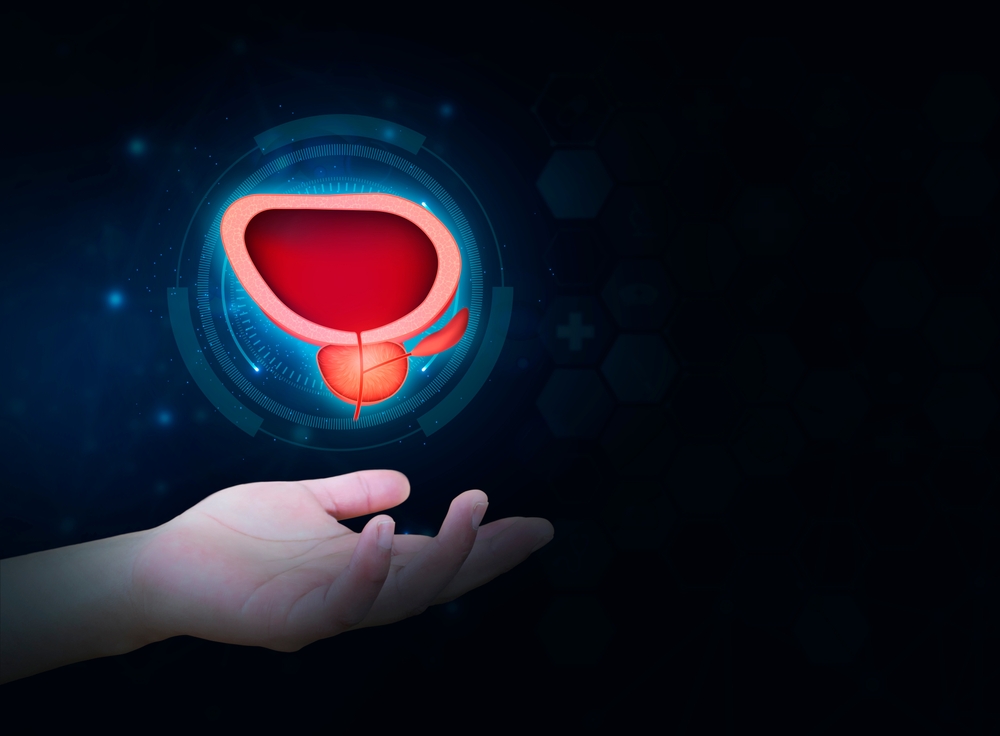
Prostate diseases include prostatitis (inflammation of the prostate), benign prostatic hyperplasia (BPH), and prostate cancer. These conditions can cause symptoms such as difficulty urinating, frequent urination, nighttime urination, and weak urine flow. Diagnosis and treatment of prostate diseases vary depending on the type and severity of the condition.
The prostate is located just below the bladder and surrounds the urethra. The prostate gland is involved in producing the liquid part of semen, which helps to transport and protect sperm. The prostate usually grows with age and causes various health problems.
TUR (Transurethral Resection) surgery is a surgical procedure used to remove excess prostate tissue. This procedure is commonly used to treat benign prostatic hyperplasia (BPH). TUR surgery is performed using a resectoscope, which is inserted through the urethra and has a small electric loop to cut and remove prostate tissue.
TUR surgery is an effective method for improving urine flow and relieving symptoms caused by an enlarged prostate. The surgery is typically performed under spinal anesthesia and lasts one to two hours, depending on the patient's overall health. After TUR surgery, patients usually stay in the hospital for a few days before continuing their recovery at home.
The decision to undergo surgery considers the patient's overall health, age, and other medical conditions. TUR surgery may not be suitable for patients with severe heart or lung disease, those who cannot tolerate anesthesia, or those with bleeding disorders. Therefore, a thorough preoperative evaluation is essential.
TUR surgery for prostate disease is typically performed under spinal anesthesia, meaning the patient is awake but the area is numbed, so no pain is felt. The surgeon inserts a resectoscope, a thin tube, through the urethra. This tube has an electric loop to cut and remove excess prostate tissue.
During the surgery, the prostate tissue is cut into small pieces and flushed into the bladder, from where it is washed out. The procedure usually takes one to two hours. Once completed, a temporary catheter is placed to ensure smooth urine flow, which is typically removed a few days later.
The recovery process after prostate surgery varies depending on the patient's overall health and the complexity of the surgery. Post-surgery, patients usually stay in the hospital for a few days, during which they use a catheter for urination. After the catheter is removed, a slight burning sensation during urination is normal and typically resolves within a few weeks.
During the recovery period, patients should drink plenty of fluids, avoid heavy physical activities, and take prescribed medications regularly. Full recovery usually takes several weeks, during which patients should attend regular follow-up appointments. Additionally, temporary side effects such as urinary incontinence or erectile dysfunction may occur after surgery. For more information about prostate surgery, contact EMPCLINICS.
Possible risks include infection, bleeding, urinary incontinence, retrograde ejaculation (semen flowing backward into the bladder), urethral stricture, and, rarely, erectile dysfunction. However, these complications are uncommon and minimal when performed by an experienced surgeon.
Follow your doctor’s instructions before the surgery. This may include blood tests, urine tests, and a prostate ultrasound. You should avoid eating or drinking anything after midnight the night before the surgery.
Benign prostatic hyperplasia (BPH) is the enlargement of the prostate gland. Symptoms include frequent urination, weak urine flow, difficulty urinating, sudden urges to urinate, and waking up frequently at night to urinate.